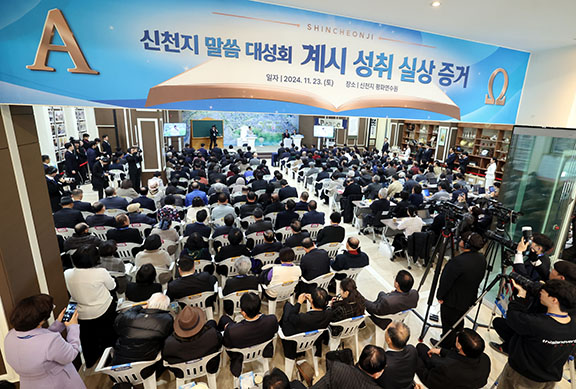With nearly 500 million native Spanish speakers worldwide, any blanket statement about the state of ‘Latin culture’ should be taken with a grain of salt. Just look at the US; as one of the world’s biggest cultural melting pot, almost 20% of the population is Spanish-speaking (a figure that makes it the second largest Spanish-speaking country in the world, which looks set to rise to 33% by the year 2050). And as the largest exporter of culture and entertainment, it is increasingly implausible to view Latin music as part of a pure or defined subculture. In 2022, Latin music has become absorbed into mainstream American music culture and has merged with other genres to serve an increasingly diverse population.
You don’t believe it? Consider the success of Bad Bunny, the Puerto Rican rapper who has been the most streamed artist on the planet for the past two years. In fact, his success runs even deeper than that — according to Bloomberg, the 28-year-old has appeared on Spotify’s 100 most streamed songs more times than Harry Styles, Olivia Rodrigo, Drake and Kendrick Lamar combined. He is also the first Latin Reggaeton artist to appear on the cover of Rolling Stone and the first male to appear on the cover of Playboy besides founder Hugh Hefner.
Above: Mi Porto Bonito, from Bad Bunny’s latest album, is sitting at 650 million streams and counting on Spotify.
However, far from that stratospheric success story, recent years have seen the music of Latin artists make serious inroads into American and Western culture more broadly. In 2021, Latin music achieved a market share of 5.91% – an increase on 2020’s 5.39% and 2019’s 4.96%. In other words, Latin music is on a long-term upward trend, and brands should be aware of this.
Not too long ago, working with a Latin music artist tended to be part of a brand’s strategy to speak to a very specific demographic—Spanish speaking. Aside from some Mezcal or Mexican beer commercials (and there have been some great ones), Latino artists have traditionally been chosen to communicate and relate to Latino people. There’s nothing wrong with that, but the incredible success of the likes of Bad Bunny—and the continued rise in popularity for Latin artists—underscores how our collective appetite for Latin music is already embedded in the cultural mainstream.
Just look at 2017 hits like “Despacito” or “Mi Gente”; adopted into the mainstream by a larger multicultural population in the US, which prompted powerhouse names like Justin Bieber and Beyonce to jump into remixes respectively and take the music to new audiences. Then comes Latin trap, which made its way into “I Like It Like That” by Cardi B, herself a bicultural American. With such international names on board, Latin music and its fusion with other mainstream genres is now being exported as part of mainstream American culture. More and more, our culture is dancing to a Latin beat – we’ve just gotten so used to it that we don’t notice anymore.
I have seen this trend unfold for a long time with my own eyes. When I first started SoStereo along with Beto Azout, we established ourselves as Latin music experts who could help brands tap into that demographic. As first-generation immigrants to the US, we took pride in our Latino roots and expertise.
But since we started, our journey has been the same as that of Latin music. As Latin music has now become intertwined with the general market, we have expanded to become a company that works with artists in any genre you can imagine (while never forgetting those Latin roots that define us) primarily for campaigns of general market. As the nation becomes more diverse and our cultures intermingle, the lines that defined our music are becoming increasingly blurred as new fusions and subgenres emerge that form part of the overall overall culture.
This trend should not surprise anyone. In the US, demographics have shifted toward increasing Latino representation over several years. And it doesn’t just stop at sheer numbers—more Latinos mean more opportunities to share Latino culture, whether it’s over dinner or giving a friend a headset in the schoolyard. In the US now, Latin music is just music – and Latin culture is just culture.
Bringing this back to brands, the lesson here is that Latin music is becoming less of a tool to reach Spanish-speaking audiences and more of a connecting device to reach. people. That’s what all great music in commercials has ever done. Just look at last year’s collaboration between Miller Lite (one of the most iconic Western beer brands you can think of) and Colombian singer J Balvin. The campaign, which included Balvin taking a stand at a New York Bodega, not only attracted Spaniards to the US, but also attracted his large and increasingly diverse legion of fans. The same goes for Bad Bunny appearing alongside Snoop Dogg in the latest Corona beer campaign.
Above: In August 2021, J Balvin joined forces with Miller Lite for a music-inspired campaign.
What that campaign shows is how, when done authentically, Latin music can inspire and connect with audiences on a deep level. So the next time you’re thinking about what music to build into a campaign, don’t skip the Latin tracks. In an increasingly Latino cultural environment, they can be your ticket to cultural and commercial success.



